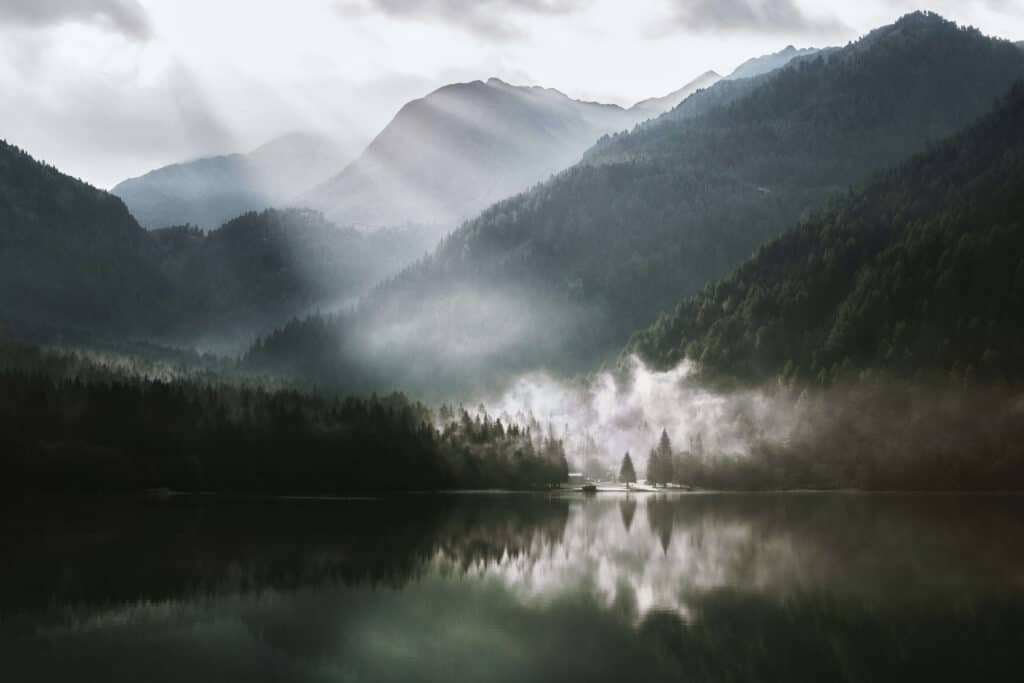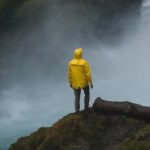On the other hand, we denounce with righteous indignation and dislike men who are so beguiled and demoralized by the charms of pleasure of the moment, so blinded by desire, that they cannot foresee the pain and trouble that are bound to ensue; and equal blame belongs to those who fail in their duty through weakness of will, which is the same as saying through shrinking from toil and pain. These cases are perfectly simple and easy to distinguish. In a free hour, when our power of choice is untrammelled and when nothing prevents our being able to do what we like best, every pleasure is to be welcomed and every pain avoided.
I would always recommend using the manual exposure mode to avoid the exposure changing from one frame to the next which can cause an annoying flicker in the final time-lapse movie.
Steve Heiner, photographer
Shooting time-lapse sequences is similar to shooting a single image in that exposure is based on the shooting conditions. For time-lapse photography of the stars in the night sky, use an aperture of about f/5.6 if the moon is full, f/2.8 if the moon is not full. In manual exposure mode, shoot a test shot at 10 seconds.

Check the image by zooming in on the LCD, to see if you can see the stars and any detail in the foreground. Adjust ISO, aperture and shutter duration for a good overall exposure without letting the shutter speed go any slower than 20 seconds or so, otherwise you’ll end up with the stars beginning to streak into star trails due to the Earth’s movement. If you’re using a very wide-angle lens, slower shutter speeds may not be that noticeable, however you will see the streaking in images that are shot with a normal to telephoto lens. Turn ON the Long Exposure Noise Reduction feature to keep noise to a minimum.
Steve says, “If my exposure for a shot is 20 seconds at f/2.8 at ISO 1600 I will set my interval time for a 25-35 second interval (the interval time needs to include the actual exposure time plus additional time for the camera to process the image and write it to the media card before it shoots the next frame. If you’ve set the camera’s Noise Reduction feature, an additional 5-10 seconds may be need to be added to the interval before the camera will be ready to take another shot.”
Other suggestions include not moving the camera or changing the exposure once you begin the time-lapse—and most importantly, the need for patience. Testing is important before you begin the interval shooting so you don’t end up disappointed when you get back to the computer. “I like to shoot my intervals closer than most photographers who shoot time-lapse for the first time. It makes the final movie much smoother,” he adds.
5 Comments
Hello, you have a great finesse in writing the blogs. Keep writing more on these lines, enjoy reading this. great insights. Thanks!
Very informative thanks, I can update my site to follow these trends and be more on the ball next year.
I have read this article more than once and every time I take advantage of some valuable information thank you really
Thank you so much for sharing this article with us. Very useful and valuable information about graphic design. It extends beyond establishing identity and brand recognition. Designing a website image or product image editing is very effective at attracting attention and encouraging your audience. Very appreciated.
Leave a comment
 Alison & Johnathan Wedding
Prev post
Alison & Johnathan Wedding
Prev post


Some truly nice and utilitarian information on this internet site, too conceive the style and design has good features. Thank you.